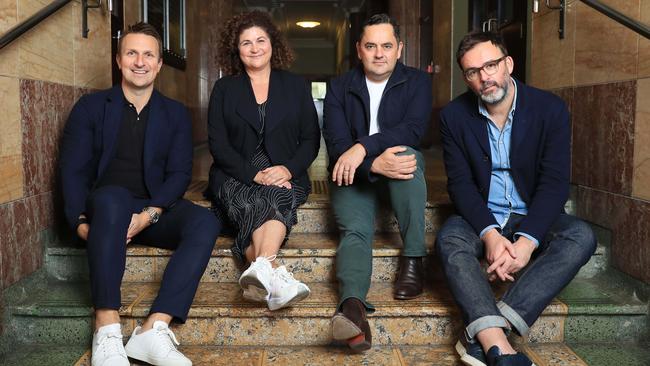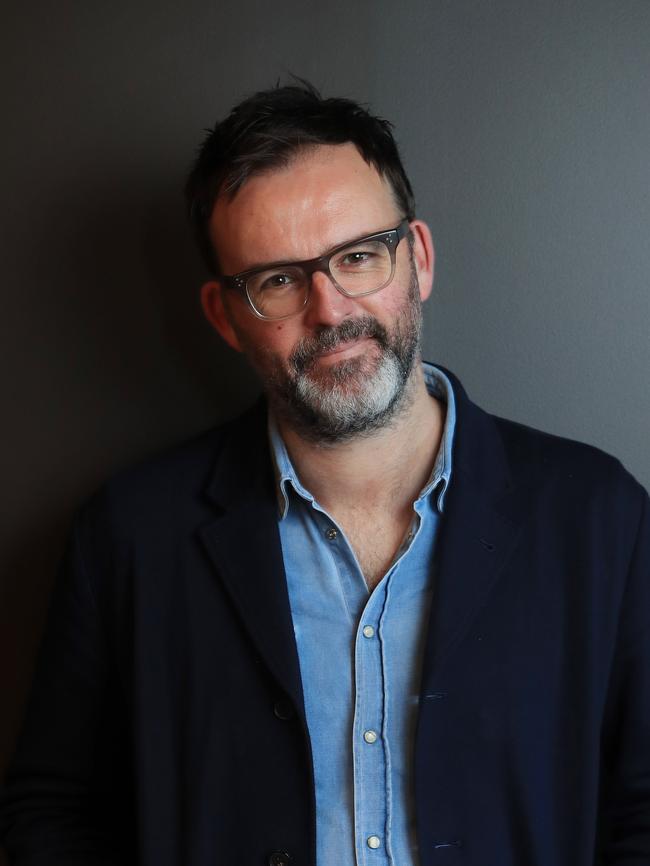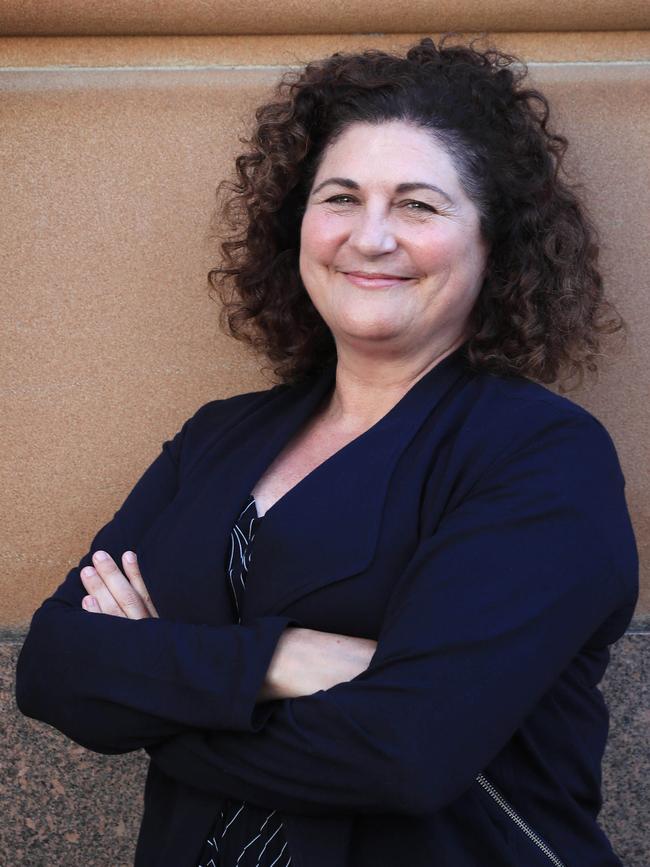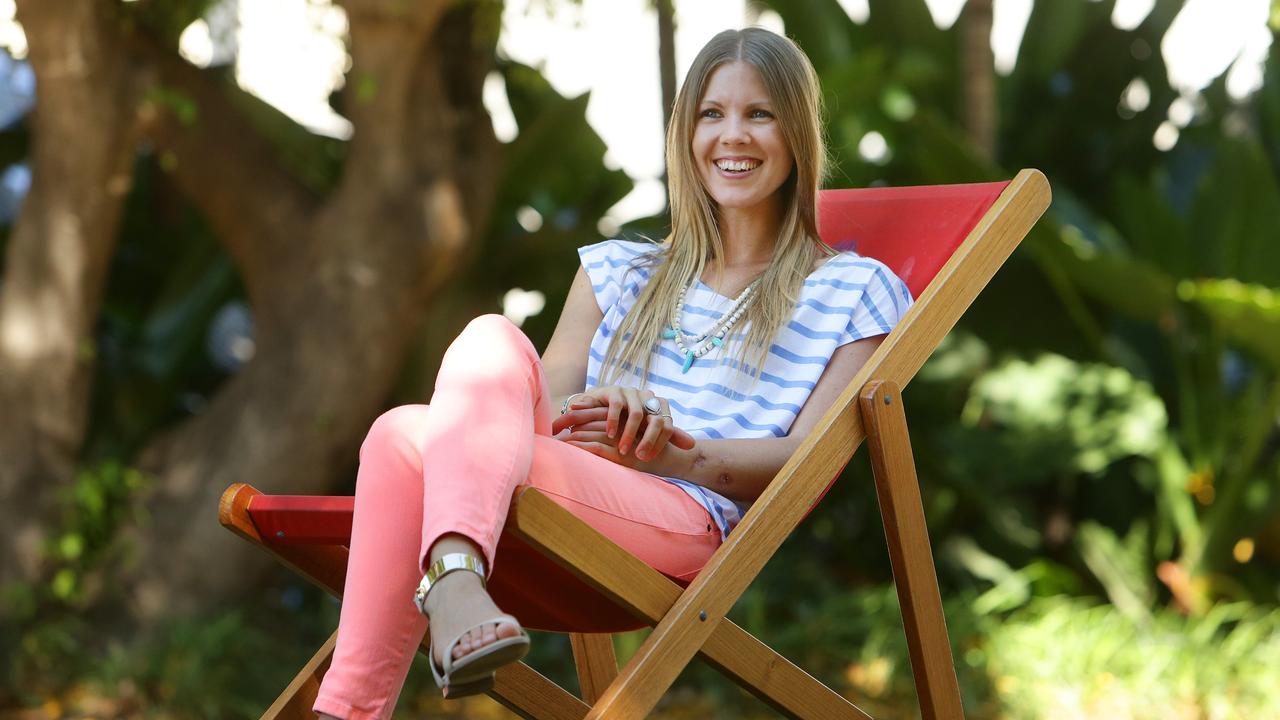Advertising creativity can be scary but it is essential to business success
CEOs and boards shouldn’t fear creativity, but instead seek to understand the benefits behind short and long-term marketing tactics and the power of an original and captivating idea.

CEOs and boards shouldn’t fear creativity, but instead seek to understand the benefits behind short and long-term marketing tactics and the power of an original and captivating idea.
In welcoming the launch of The Growth Agenda, some of Australia’s most influential marketers said their successes were due to using principles and evidence of marketing success to persuade business leaders that marketing was a core growth driver, rather than just another cost.
Tourism Australia chief marketing officer Susan Coghill, IAG Australia CMO Brent Smart and the top marketer at Samsung Australia, Josh Grace, lead a growing chorus of C-suite marketing professionals who are pushing the role of marketing as far more than an add-on or cost to the business.
Evidence-based studies, such as today’s ESOV and Beyond report by the Advertising Council of Australia (ACA) which looks at growth opportunities and the important role that advertising plays, helps to further cement the commercial application of creativity to drive solid business outcomes.
In order to build greater confidence in creativity across the C-suite, Mr Smart, who oversees marketing on brands such as NRMA Insurance, says we need to constantly prove the link between creativity and effectiveness.
He argues it has been proven time and time again that creativity is a marketers’ most effective tool.

“Creativity plays a critical role in driving growth for our business. Insurance is a low involvement category that consumers don’t engage with very often. In fact, according to Roy Morgan, 80 per cent of Australians simply pay their insurance premium on ‘autopilot’ with no engagement, comparison or shopping,” Mr Smart said.
“Creativity can get them to engage; it means our content isn’t ignored. Creativity can embed a brand impression and create mental availability even when they are not in the market for insurance, which makes them more likely to choose us when they are.”
To set the context for the world we live in, full of too much content and full of consumers with no time, marketing efforts can end up becoming background noise.
“Creativity is what makes marketing stand out, be remembered and be more effective. And that leads to better commercial outcomes for brands,” Mr Smart said.
Showing that creativity equals effectiveness is a marketer’s best bet at proving the power of creativity to leaders elsewhere in the business.
At IAG the business is aligned on the notion that long-term brand building drives sustainable growth. The firm recognises that achieving this goal takes time.
“My advice to CMOs is to have a clear vision for the brand that leadership can buy into and a clear and consistent narrative for how you are building the brand. And then make sure you have the right metrics to show it is working.”
Mr Smart said the greatest risk for marketing was to have no creativity, which resulted in invisible marketing ignored by consumers, but Samsung’s CMO warned even the word “creativity” can be daunting to CEOs and boards.
“Creativity itself can feel scary to organisations,” Mr Grace said.
Put simply, he said, if you couldn’t remember which brand an ad was for, there was no point in creating it, adding that brands had to be distinctive, relevant and engaging.
Tourism Australia’s Ms Coghill, who has a background in advertising agencies, including creative powerhouse BBH in Singapore, recalls a saying from the agency that has stayed with her long-term: ‘‘Our objective is effectiveness, our strategy is creativity”.

“As a business we are all about the commercial application of creativity to drive outcomes,” Ms Coghill said.
With the goal of creating awareness of, and demand for, destinations and experiences in Australia, Ms Coghill said marketing needed to be so “mouth- watering” that it inspired dreaming and desire, but also informative and direct enough that it ultimately resulted in travel bookings.
Given destination marketing can be a cluttered and highly competitive category, suffering from a ‘‘sea of sameness’’ with many destinations using similar visual techniques, Ms Coghill said Tourism Australia saw creativity as part of its competitive edge.
“We need our marketing to cut through so that we provide our tourism industry with greater returns than what our budget at face value would allow. Creativity helps us achieve extra share of voice with our marketing,” Ms Coghill said.
Famous and effective Tourism Australia ad campaigns include the Dundee Super Bowl campaign for the US, the unique media idea behind the UK Matesong campaign, buying a three minute spot before the Queen’s Christmas speech and its bold approach in ‘‘bringing Australia to the world’’ during Covid lockdown with Live from Aus – a weekend where some of the best of Australian tourism destinations and experiences across the world were live-streamed to stimulate demand and awareness of Australia as a destination.
Ms Coghill said if creativity was a key part of a marketing strategy, marketers needed to ensure the organisation understood why that was so and clearly communicated the benefit to the business.
“You can’t wait to build advocates when you’re selling in a big idea that might be perceived as risky. If you invest the time and effort to educate your key stakeholders on how creativity makes for more effective marketing, you will have more success in selling in the right big ideas,” she said.
While it’s clear that marketing is both a long and a short game, not all business leaders are across the relevance and benefits of both. The Growth Agenda will seek to explore how marketers are approaching marketing, looking at the role of creativity and effectiveness.
Mr Smart has always believed that creativity is an economic multiplier, with some of the world’s most creative companies outperforming their categories and the market.
“As marketers, we can put work into the world that respects the customer and is worthy of their time, or we can create more noise and pollution,” he said.


